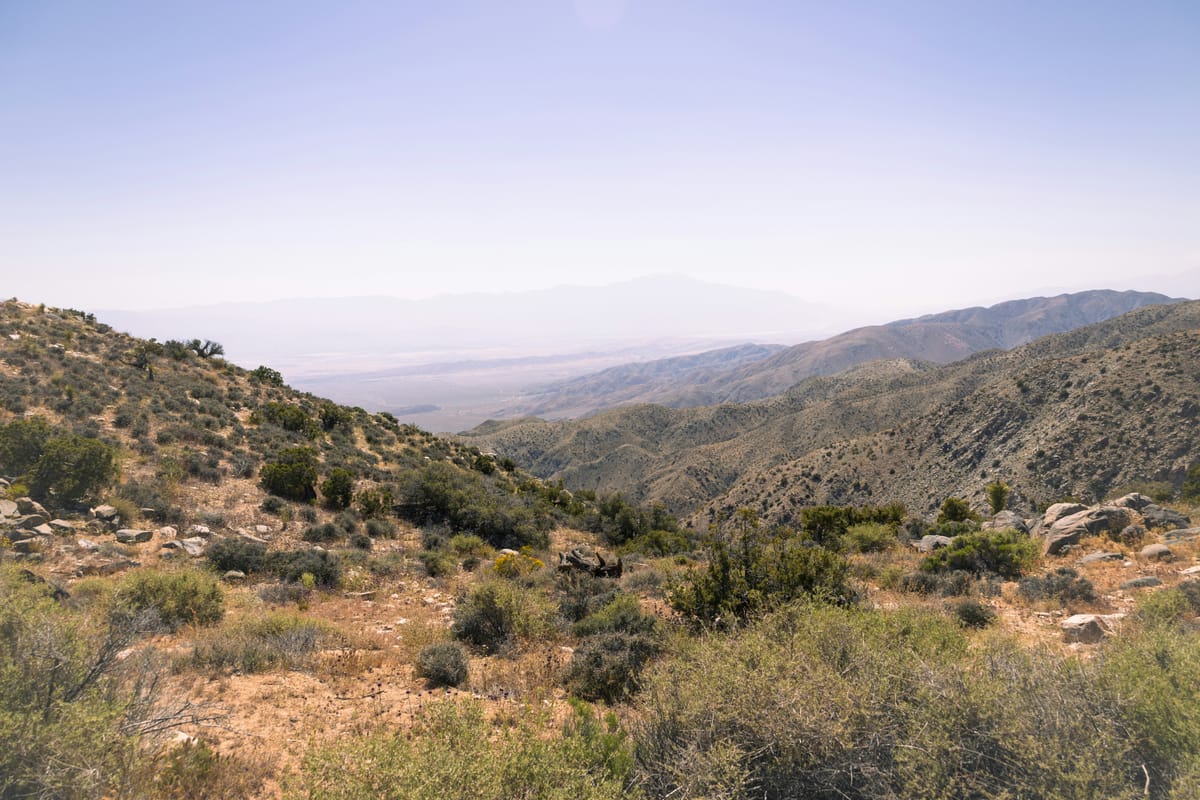California Court Strikes Down State Wildfire Plan Over Environmental Review Failures

SAN DIEGO — A California appeals court has ruled that state officials violated environmental law when they approved a wildfire prevention program. The plan allows native shrublands to be cleared, which can lead to more flammable grasses taking over and increasing fire risk
In a unanimous decision filed May 30, the Fourth District Court of Appeal overturned a lower court’s ruling and sided with two environmental groups that challenged the state’s Vegetation Treatment Program. The court found that the Board of Forestry and Fire Protection violated the California Environmental Quality Act (CEQA) by not adequately analyzing the danger of “type conversion,” a process where prescribed burns and other treatments lead to the loss of native plants like chaparral and coastal sage scrub.
The plaintiffs — the California Chaparral Institute and the Endangered Habitats League — argued that the state’s plan not only overlooked this risk but might worsen the wildfire problem it aims to fix.
Shrubs Replaced by Grass, Increasing Fire Risk
The Vegetation Treatment Program, part of California’s broader wildfire strategy, was designed to reduce fuel loads on up to 250,000 acres of wildland annually through controlled burns and other methods. The goal is to protect lives, property, and natural resources by reducing vegetation that can fuel wildfires.
But according to the court, the program’s environmental review failed to adequately address what happens when native shrubs are removed and replaced by fast-growing, nonnative grasses. The review focused narrowly on habitat loss. It overlooked how these grasses dry quickly, making the land more flammable.
The court noted that the state's own evidence linked type conversion to greater wildfire risk. The ruling emphasized that CEQA requires agencies to consider both direct and indirect environmental effects of a proposed project. The court found that increased wildfire risk due to type conversion is a reasonably foreseeable impact that should have been analyzed and disclosed.
Mitigation Measures Fall Short
The Board argued that its mitigation measure — known as SPR BIO-5 — would prevent environmental harm by requiring a patchwork approach to vegetation removal and maintaining at least 35% shrub cover. But the court said that plan lacked evidence and did not directly address the risk of fire.
The program expressly authorizes the prescribed burning of chaparral and coastal sage scrub if the project proponent demonstrates, with substantial evidence, that the habitat function of chaparral and coastal sage scrub would be improved.
But, according to the opinion, “[e]ven at-risk chaparral and coastal sage scrub could be reduced by more than 65 percent." While the court did not address or dispute that the Program's effect on habitat function is significant and worthy of discussion, it challenged the Board for failing to "explain how protecting habitat function is in any way correlated to the risk of wildfires."
Court Orders Revisions to Fire Plan
The ruling sends the case back to the San Diego Superior Court with orders to require a revised environmental review. The court may also decide whether any current projects under the vegetation program should be paused until the state complies with CEQA.
Plaintiffs were awarded costs on appeal.
The Board of Forestry and Fire Protection has not yet said whether it will appeal the decision to the California Supreme Court.
